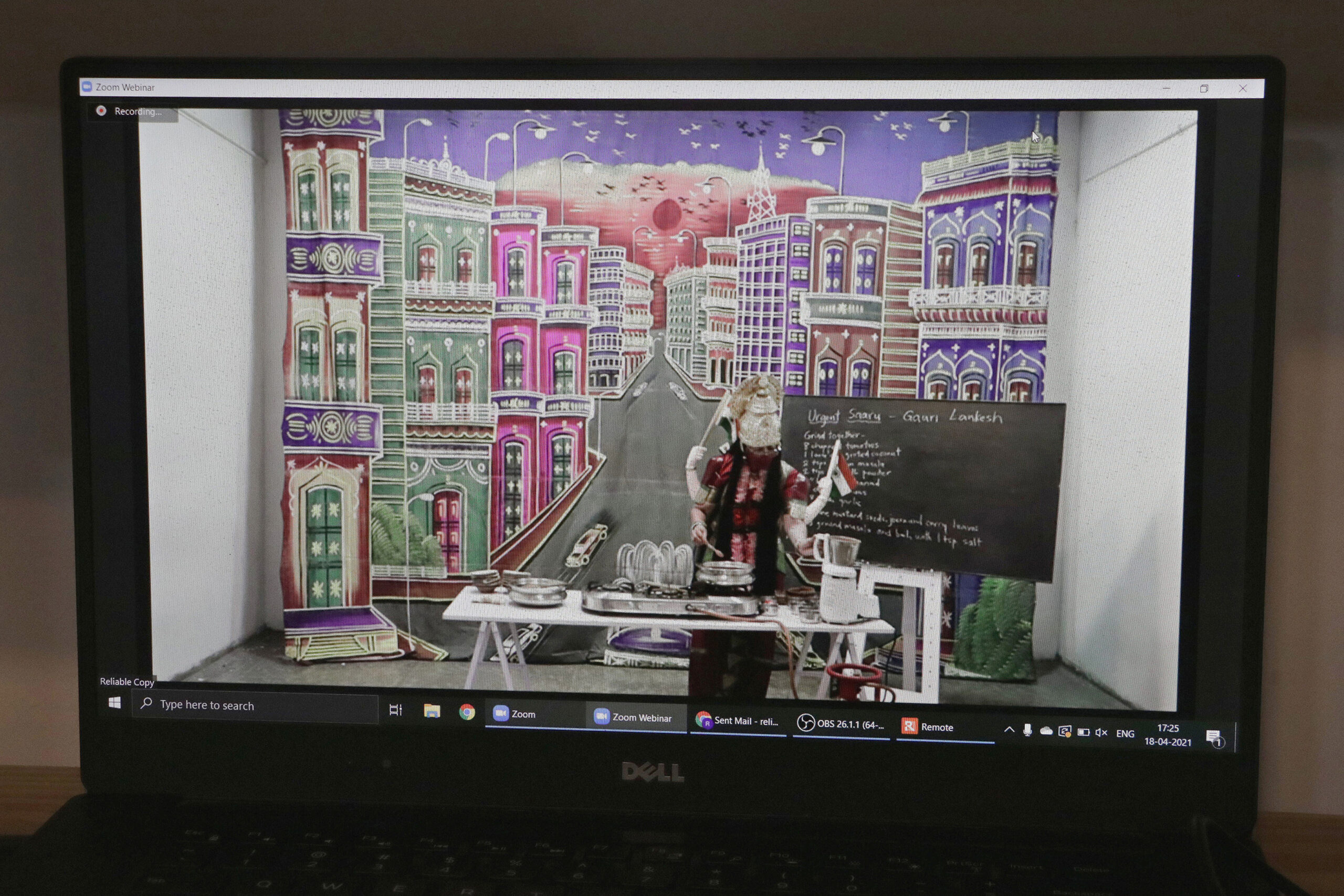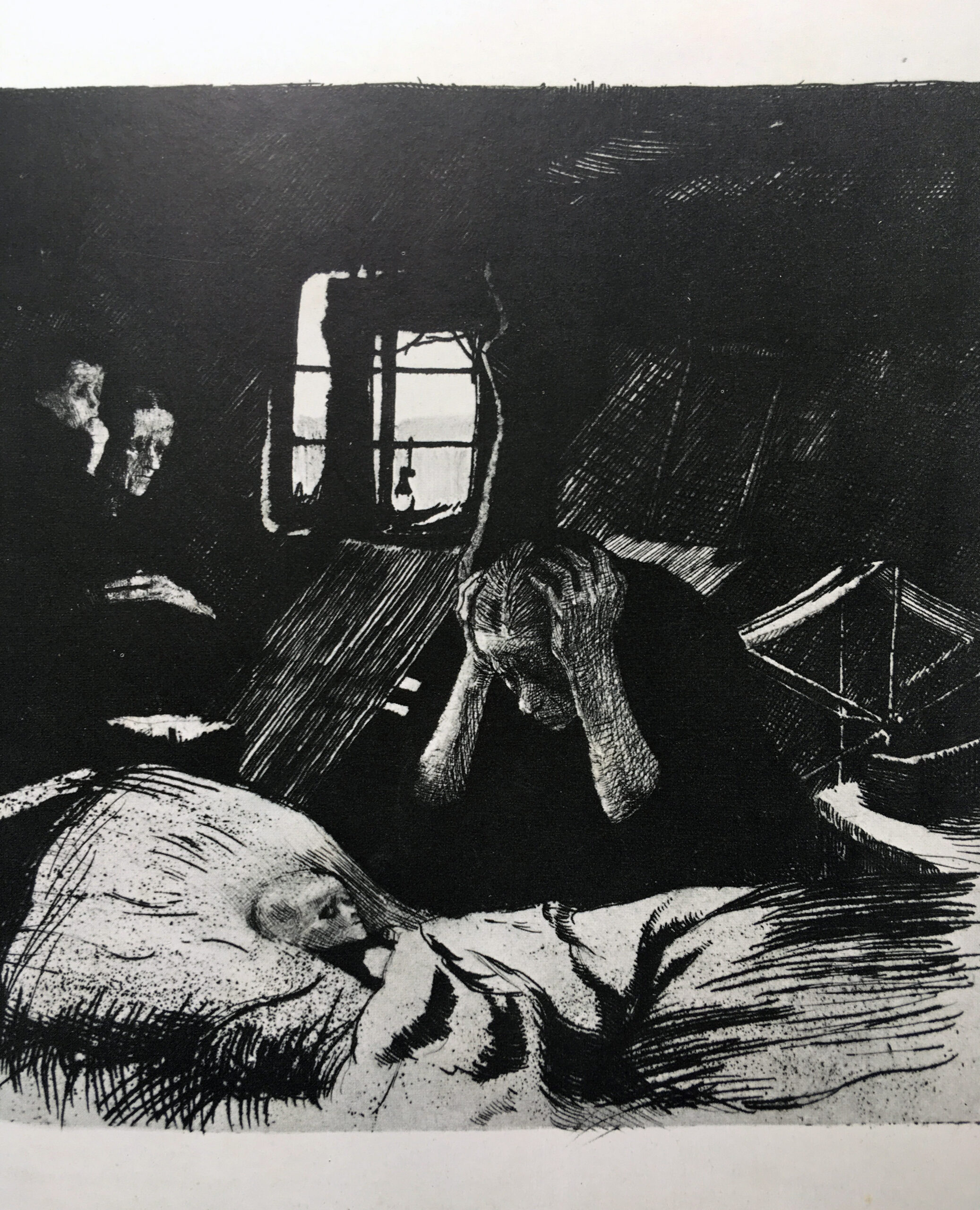THREADING A FRACTURE
 Even in anodyne discursive deliberation—in the regime of art fi eld, to proff er a trope much
Even in anodyne discursive deliberation—in the regime of art fi eld, to proff er a trope much
favored by Alain Badiou—craft , and its trendy metonymical step-sister “reskilling” art inaugurates
a hermeneutics of suspicion evidenced in the re-qualifi cation of savoir-faire and renewed interest in
traditional techniques by relocating craft ’s space within the context of contemporary arts.
Th e core of this article stages an interview—presenting an entire ecology of (in)visible and
intractable relationships—premising the Bengali craft s-arts overlap and staging diff erent reading of
craft s’ traditional transmission, and the continuity of its production.
In the foreground of our discoursing, I bring the insights of a revisionist history with regard to
the constructedness and discursivity of a Bengali identity together with a view that, this identity’s
organization is implicit in the negotiation with the violence of western Modernism, broadly construed.
Perhaps, at this time, it would be useful to shift our focus a little and recall the folk-based critical
traditionalism of Gandhi which mobilized a homespun ideology of the revivalism of the local craft s and
traditional, bucolic ways of being. Gandhi, typically, cuts an anti-modernist fi gure and his abhorrence
of modern arts, in favor of craft s—a distinction which he had always considered colonial—is given a
strong theoretical base by Coomaraswamy, one of the greatest art historians of the century. He is writing,
in 1923: “Art arises in India in response to a demand, and the virtue or defect of a work (are those) of the
race in that age…there are no distinctions of fi ne and applied or decorative art and no insurmountable barrier dividing the arts of the folk from the canonical arts.


